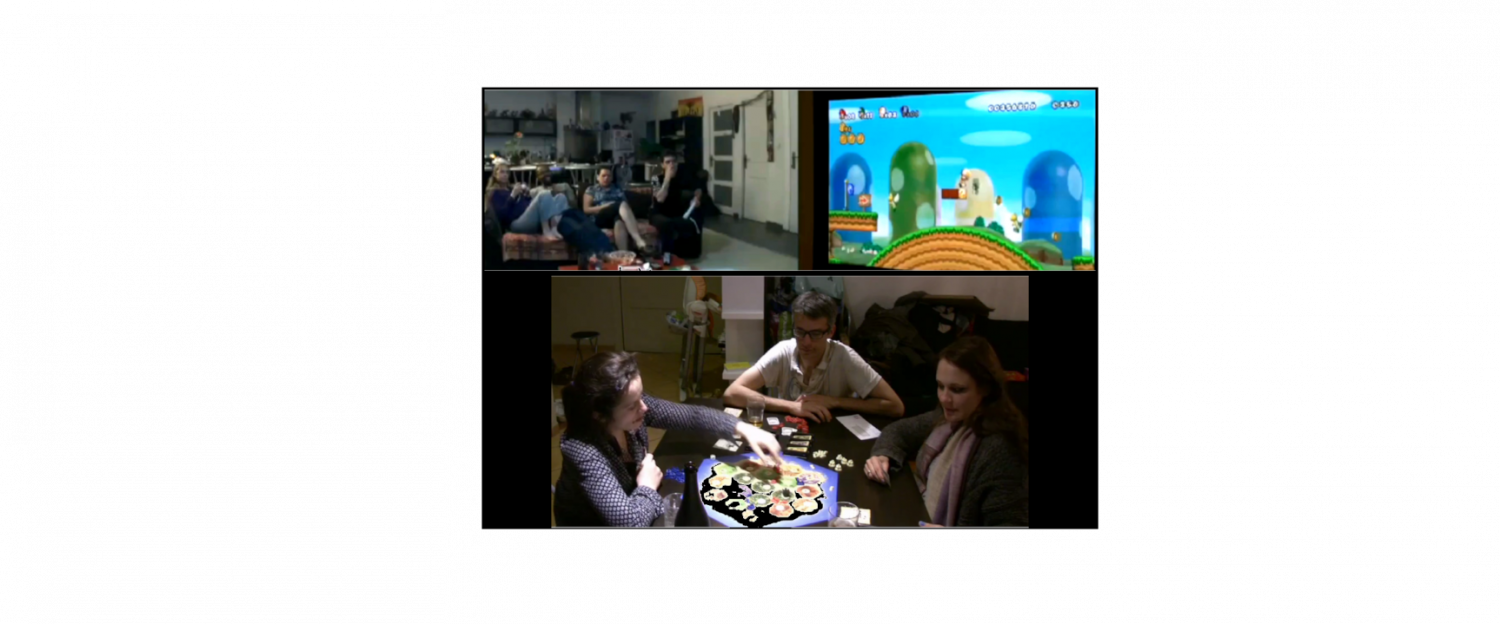Isabel Colón de Carvajal – « Streaming a board game session on Twitch.Tv: Crossing the interfaces involved to facilitate game learning »
The notion of interface, in its current usage, refers to « a surface forming a common boundary between two domains with different properties and united by relationships of reciprocal exchange and interaction » (Larousse, 2023). In the context of board games, this notion has often been analysed, in the human and social sciences, through the prism of the material dimension of the game (Vétel and Turquier, 2015). As far as we know, and still in this context, it has not been studied in our theoretical and methodological approaches, i.e. conversation analysis (Sacks, Schegloff and Jefferson 1974; Sidnell and Stivers 2012) and multimodal interactional linguistics (Couper-Kuhlen and Selting 2001; 2017). We would therefore discuss this notion using a corpus of board game activity, during which 5 people play at Rising Sun. This gaming session was broadcast live on the LeStream channel on Twitch.Tv, and then made available as a replay on the show’s YouTube channel, which is the source of our corpus.
We have identified different interfaces depending on the participants’ point of view (players vs. spectators). On the one hand, we have the game activity itself, bringing together five players around a set of material objects serving as an interface between the players for their situated game practice: the table, the game board, the rule book, the cards, the game pieces, the figurines on or around the board. On the other hand, we have the activity of broadcasting the board game, which is overlapped on the game activity and involves spectators watching the players at distance. In this other participation framework, we have other interfaces: the spectators’ computer screen or smartphone with a chat area available, a remote screen (outside the view that is being streamed) on which the spectators’ live chat is displayed and to which the players sometimes refer.
In this context of multiple interfaces, we want to describe and define the interfaces according to the participants’ point of view. This will allow to question the resources mobilised by the players (and spectators) to check, remind and correct a game rule in an interactional and playful process of collaborative learning of the rules of a complex board game. We hypothesise that the learning and appropriation of the rules of a complex board game is strongly associated with the manipulation of the material objects of the game and the interaction between players around/on these objects, both during the rule’s explanation phase and during the game itself.
After briefly presenting the interaction context studied and the methodology used to analyse our data, we will propose a detailed sequential analysis of three transcribed extracts. By this way of analysing interactional practices in a game situation, we wish to account for the importance of the sequential and temporal positioning of objects and bodies/gestures in the unfolding and interactional progression of the activity, in order to better characterise the notion of interface in this particular context.
